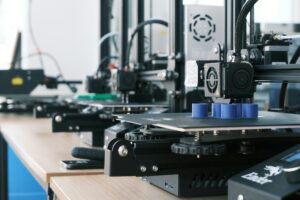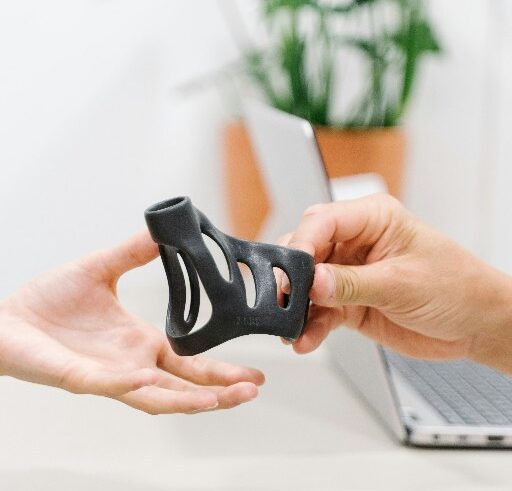3D Printing: A Beginner’s Guide
Muhammad Yamin
Faculty of Agricultural Engineering & Technology, University of Agriculture, Faisalabad, Pakistan
In recent years, 3D printing has emerged as a groundbreaking technology, transforming digital designs into tangible objects. This guide aims to unravel the basics of 3D printing, from the materials utilized to the critical aspects of temperature control, firmware, and safety measures.

Materials in 3D Printing
The magic begins with the materials. Common filaments include PLA (Polylactic Acid), known for its eco-friendly nature and ease of use. ABS (Acrylonitrile Butadiene Styrene) offers durability but requires a heated bed. PETG (Polyethylene Terephthalate Glycol) combines the best of both worlds, offering strength and printability. These materials cater to diverse needs, allowing users to choose based on the desired properties of the end product.
Temperature Control
Temperature management is a crucial aspect of successful 3D printing. The hotend, responsible for melting the filament, typically operates between 180 to 250 degrees Celsius, depending on the material. The heated bed helps prevent warping, especially with materials like ABS, and usually ranges between 80 to 110 degrees Celsius. Precise temperature control ensures optimal print quality and prevents issues like layer separation.
Firmware in 3D Printing
Firmware acts as the bridge between your 3D printer’s hardware and the instructions from your computer. Marlin and Repetier are popular open-source firmware options, providing a customizable interface. Firmware settings include steps per millimeter for accurate movement, acceleration for print speed, and PID tuning for temperature control. Regular firmware updates ensure compatibility with the latest features and bug fixes.
Safety Measures
While diving into the world of 3D printing, safety should be a top priority. Ventilation is crucial, especially when using filaments like ABS that emit fumes. Operating in a well-ventilated area or using an enclosure with proper filtration mitigates potential health risks. Additionally, keeping the 3D printer on a fire-resistant surface and having a fire extinguisher nearby are simple yet effective safety measures.
Controller Boards in 3D Printing
Controller boards serve as the brains of the 3D printer, interpreting the G-code instructions and orchestrating the movements. Common controllers include Arduino-based boards like the RAMPS (RepRap Arduino Mega Pololu Shield) and integrated boards like the SKR (Bigtreetech Smoothieboard Killer). Choosing the right controller depends on factors like budget, desired features, and ease of use.
In conclusion, 3D printing opens up a realm of possibilities, but understanding the fundamentals is key to successful and safe printing. By selecting the right materials, mastering temperature control, updating firmware, prioritizing safety, and choosing suitable controllers, enthusiasts and beginners alike can embark on their 3D printing journey with confidence.







Good efforts.